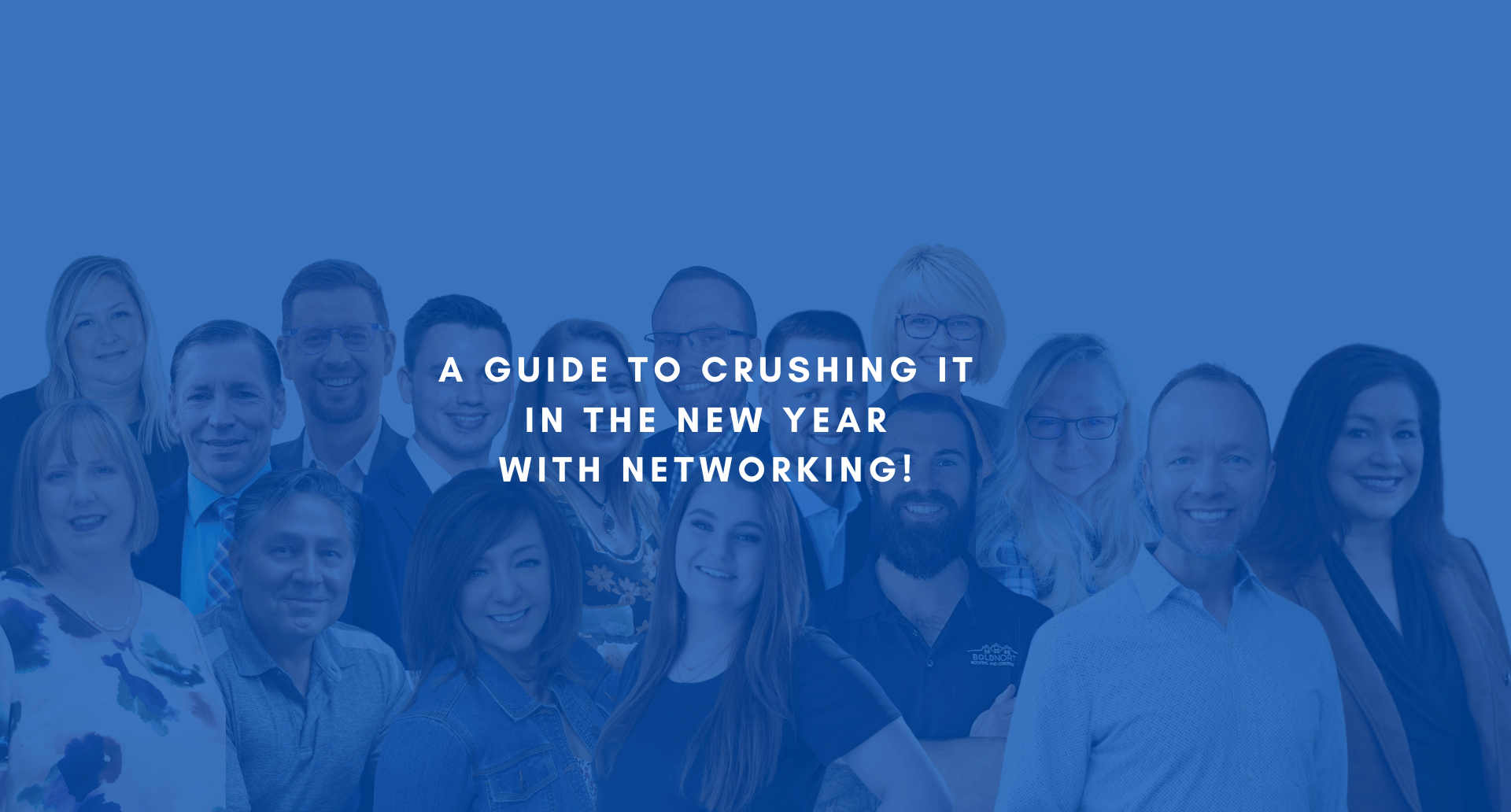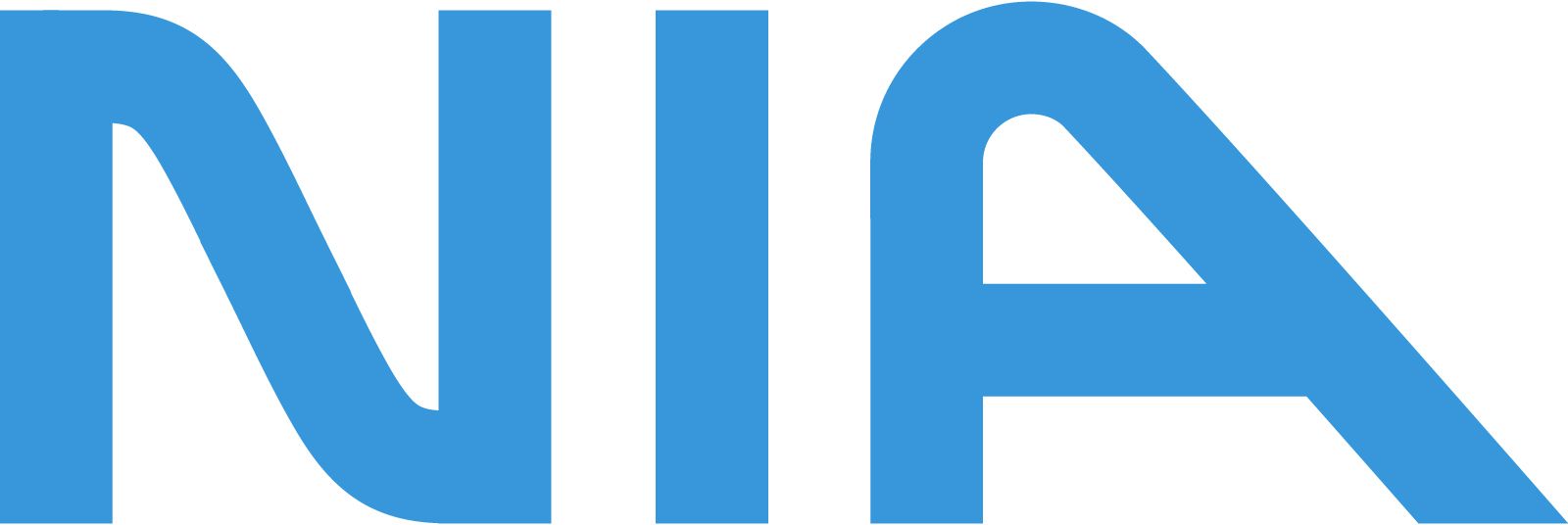Unlock Your Networking Potential: A Franchise Owner's Guide to Crushing It in the New Year
As we wind down 2024, I want to chat with you about making the most of your networking membership and boost your business in the new year!

Reflecting on Your Networking Journey
First things first, let's take a look back at 2024. How did you do with referrals? Did you send a lot? Were they good ones that turned into business? It's okay if things didn't go perfectly - that's why we're here to improve!
Building Stronger Connections
Think about your referral partners. Who are they? Do you need help figuring that out? I've got a worksheet that can help - just let me know if you want it!Remember, it's not just about quantity, but quality too. Are you being intentional when you refer someone? If you're not sure how to have a purposeful meeting, I'm here to help. Let's get down to business!
Nurturing Your Network
How are you taking care of your relationships? Are you thanking people who connect or refer you? Do you recognize them in meetings? Are you asking how you can help them too? It's a two-way street, folks!
To identify your top referral partners, consider the following steps:
- Review your current network: Look at your existing clients, colleagues, and business connections. Who already knows and trusts your work?
- Focus on complementary businesses: Seek out professionals or companies that offer services related to yours but don't directly compete. For example, if you're a health insurance agent, you might partner with financial advisors or employee benefits consultants.
- Consider your ideal customer: Think about other businesses that serve your target audience. Who else do your ideal clients work with or buy from?
- Look for alignment in values and goals: The best partners will share similar business ethics and objectives.
- Evaluate potential impact: Consider what you could achieve together versus working alone. Look for partners with a strong network and influence in your industry.
- Assess their reputation and credibility: Choose partners who are well-respected in their field and have a track record of successful collaborations.
- Use LinkedIn and industry events: These can be great resources for finding potential referral partners in your field.
- Consider existing advocates: Look at customers or contacts who have already recommended you informally. They might make excellent formal referral partners.
- Analyze past referrals: If you've received referrals before, identify where they came from and consider formalizing those relationships.
- Start small: Begin with 2-3 potential partners who seem to have the greatest alignment and potential impact.
Remember, the goal is quality over quantity. Focus on finding partners who can provide high-quality, relevant referrals rather than trying to build an extensive network of less effective partners.
Setting Clear Goals
Do you know who you need to meet and why they should know you? Are you asking for those connections and following through? It's important to be clear about what you need and who can help you get there.
To qualify potential referral partners, consider using the following criteria:
- Complementary business focus: Look for partners whose products or services complement yours without directly competing. For example, if you're a marketing agency, you might partner with software companies or video production crews.
- Shared target market: Ensure your ideal customers overlap with theirs. As the saying goes, "my ideal customer is your ideal customer".
- Reputation and credibility: Choose partners who are well-respected in their field and have a strong reputation. This reflects on your brand as well.
- Alignment of values and goals: Seek partners whose mission, values, and objectives align with yours. This ensures a more harmonious and productive partnership.
- Communication and engagement: Look for partners who are active in their industry, regularly engage with their audience, and have effective communication channels.
- Willingness to refer: Assess their enthusiasm and ability to refer your business. Are they genuinely interested in a mutually beneficial partnership?
- Industry expertise: Consider partners who demonstrate deep knowledge and expertise in their field.
- Network and reach: Evaluate the size and quality of their network. Do they have connections that could benefit your business?
- Track record of successful partnerships: If possible, look into their history of collaborations and partnerships.
- Mutual benefit potential: Ensure that the partnership can provide value to both parties. The relationship should be reciprocal.
- Resources and capacity: Assess whether they have the necessary resources and capacity to effectively promote and refer your business.
- Cultural fit: Consider how well your company cultures align, as this can impact the success of your partnership.
By evaluating potential partners based on these criteria, you can identify those most likely to contribute to a successful and profitable referral partnership. Remember to formalize your partnership with clear agreements and expectations once you've found suitable partners5.
Improving Your Process
Let's talk about your one-on-one meetings. Do you have a system? What about follow-up? Are you keeping track of everything in a CRM? Having a good process can make a big difference!
Looking Ahead to 2025
Take a minute to think about your networking goals for the new year. How can you do better? What changes can you make to bring your relationships to the next level?
Remember, I'm always here to coach you for success! We're in this together, and I want to see you thrive in 2025.
Now, here's what I want you to do: Think about who you'd like to see in your networking groups. Who could help you get more referrals or give you great referrals? Make a short list and email it to me at KimT@networkinaction.com.
Let's make 2025 your best networking year yet!
Resources for this article include: kiflo, referral factory, LinkedIn, Network In Action, Referralhero, Channeltivity, Entrepreneurs on Reddit, referralrock







